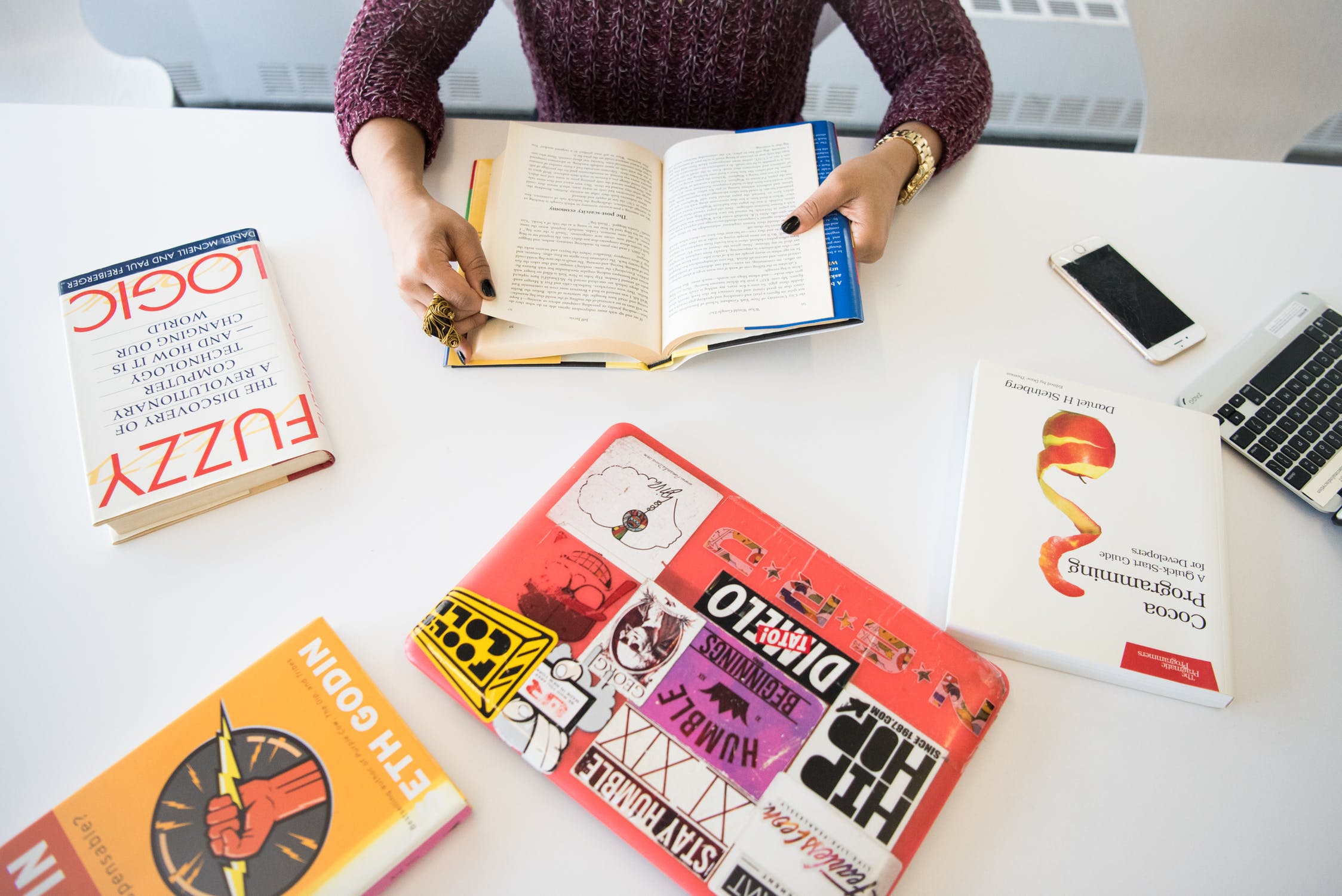Comments (3)
Luke Elsmore
Great explanation
David Taylor
This tech should be deployed in space.
Ben Margolis
Wow this is stunning

Although there are several advantages like reduced training time and improved neural network performance, there are some limits of transfer learning, which developers need to overcome.
Humans have the intelligence to transfer their knowledge over related tasks. For instance, if a person knows how to play the piano, then he or she can quickly learn how to play a jazz piano. AI models can also do the same with the help of transfer learning. Transfer learning is a method where a model developed for one task is used as a starting point to develop a model for different but related tasks. Thus, it eliminates the need to train AI models from scratch. With the use of pre-trained models for learning, transfer learning provides various advantages like saving training time, improving the accuracy of output, and the need for lesser training data. But like almost every other technology, along with advantages, there are few limits of transfer learning.
Transfer learning has many applications in real-life simulations, gaming, and image classification. But, its limitations can hold back the mainstream adoption of transfer learning. Hence it is essential to explore those challenges and find solutions to them, so that transfer learning becomes a natural process for training AI models.
If the transfer learning ends up with a decrease in the performance or accuracy of the new model, then it is called negative transfer. Transfer learning only works if the initial and target problems of both models are similar enough. If the first round of training data required for the new task is too far from the data of the old task, then the trained models might perform worse than expected. And, regardless of how similar developers may think these two sets of training data are, algorithms may not always agree with them. Currently, there are no specific standards on what tasks are related or how algorithms decide which tasks are related, which makes it challenging to find solutions to negative transfer.
In transfer learning, developers cannot remove the network layers to find optimal AI models with confidence. If they remove the first layers, then it will affect the dense layers as the number of trainable parameters will change. And dense layers can be a good point for reducing layers, but analyzing how many layers and neurons to remove so that the model does not become overfitting is time-consuming and challenging. Overfitting is a significant limitation for almost all predicting technologies. It is also one of the common biases in big data. But in context to transfer learning, overfitting happens when the new model learns details and noises from training data that negatively impact its outputs.
If developers can overcome the limits of transfer learning, they can then solve two of the biggest, if not all, challenges faced while training AI models, which are data requirement and training time. Once these challenges are overcome, and transfer learning becomes mainstream adoption, the research and development in AI will advance at a rapid pace. And, advancement in research will eventually lead to new AI breakthroughs across all the industries.
Great explanation
This tech should be deployed in space.
Wow this is stunning
Naveen is the Founder and CEO of Allerin, a software solutions provider that delivers innovative and agile solutions that enable to automate, inspire and impress. He is a seasoned professional with more than 20 years of experience, with extensive experience in customizing open source products for cost optimizations of large scale IT deployment. He is currently working on Internet of Things solutions with Big Data Analytics. Naveen completed his programming qualifications in various Indian institutes.
Leave your comments
Post comment as a guest